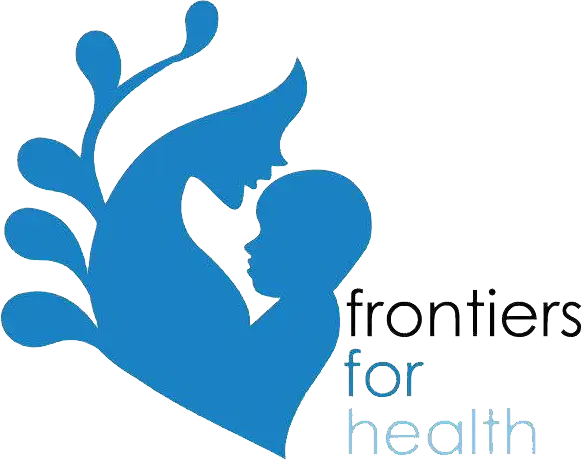Non-Governmental Organization
Organisasi yang berperan sebagai mediator antara warga negara dan otoritas publik. OMS juga berfungsi untuk mengingatkan pemerintah tentang kewajibannya dalam memenuhi hak-hak warga negara.
Organisasi yang berperan sebagai mediator antara warga negara dan otoritas publik. OMS juga berfungsi untuk mengingatkan pemerintah tentang kewajibannya dalam memenuhi hak-hak warga negara.
SIMPANG.ID Accessibility Statement
We strongly believe that the internet should be available and accessible to everyone, and are committed to providing a website that is accessible to the widest possible audience, regardless of circumstances and abilities.
To accomplish this, we aim to adhere as strictly as possible to the World Wide Web Consortium (W3C) Web Content Accessibility Guidelines 2.1 (WCAG 2.1) level AA. These guidelines describe how to make web content accessible to people with a wide range of disabilities. Adhering to these guidelines helps us ensure that our website is accessible to everyone: people who are blind, people with motor impairments, people with visual impairments, people with cognitive disabilities, and more.
This website uses a variety of technologies that are intended to be as accessible as possible at all times. We use accessibility interfaces that allow people with certain disabilities to customize the website's user interface (UI) and design it to suit their individual needs.
In addition, the website uses an AI-based application that runs in the background and optimizes its accessibility level constantly. This application fixes the HTML of the website, adapts its functionality and behavior for screen readers used by blind users, and for keyboard functions used by individuals with motor impairments.
If you find any bugs or have ideas for improvements, we would love to hear from you. You can contact the website operator using the following email [email address="halo@simpang.id"]
Our website implements ARIA (Accessible Rich Internet Applications) attribute techniques, alongside a variety of different behavioral changes, to ensure that visually impaired users visiting with screen readers can read, understand, and enjoy the functionality of the website. As soon as a user with a screen reader enters your site, they are immediately prompted to enter a Screen Reader Profile so they can navigate and operate your site effectively. Here’s how our website meets some of the most important screen reader requirements, alongside console screenshots of code examples:
Screen reader optimization: We run a background process that learns the website components from top to bottom, to ensure continued compliance even when updating the website. In this process, we provide meaningful data to screen readers using a set of ARIA attributes. For example, we provide accurate form labels; descriptions for actionable icons (social media icons, search icons, cart icons, etc.); validation guidelines for form inputs; roles of elements such as buttons, menus, modal dialogs (pop-ups), and more. Additionally, the background process scans all website images and provides accurate and meaningful object recognition-based descriptions of the images as ALT (alternate text) tags for images that are not described. This process will also extract text embedded in images, using OCR (optical character recognition) technology. To enable screen reader customization at any time, users simply need to press the Alt+1 keyboard combination. Screen reader users also get an automatic announcement to enable Screen Reader mode as soon as they enter the website.
This adjustment is compatible with all popular screen readers, including JAWS and NVDA.
Keyboard navigation optimization: The background process also customizes the website's HTML, and adds various behaviors using JavaScript code to make the website keyboard-operable. This includes the ability to navigate the website using the Tab and Shift+Tab keys, operate dropdowns with the arrow keys, close them with Esc, trigger buttons and links using the Enter key, navigate between radio elements and checkboxes using the arrow keys, and fill them with the Spacebar or Enter key. Additionally, keyboard users will find a quick navigation and skip content menu, available at any time by clicking Alt+1, or as the first element of the site when navigating with the keyboard. The background process also handles triggered popups by moving the keyboard focus towards them as soon as they appear, and not allowing focus to shift outside of them.
Users can also use shortcuts such as “M” (menu), “H” (title), “F” (form), “B” (button), and “G” (chart) to jump to a specific element.
We aim to support as many browsers and assistive technologies as possible, so that our users can choose the tools that work best for them, with as few limitations as possible. Therefore, we have worked very hard to be able to support all major systems covering over 95% user market share including Google Chrome, Mozilla Firefox, Apple Safari, Opera and Microsoft Edge, JAWS and NVDA (screen readers).
While we have made every effort to enable anyone to adapt the website to their needs, there may still be pages or sections that are not yet fully accessible, are in the process of being made accessible, or do not have adequate technological solutions to make them accessible. However, we are constantly improving our accessibility, adding, updating and refining its options and features, as well as developing and adopting new technologies. All of this is intended to achieve an optimal level of accessibility, keeping up with technological advances. For any assistance, please contact [email address="halo@simpang.id"]









